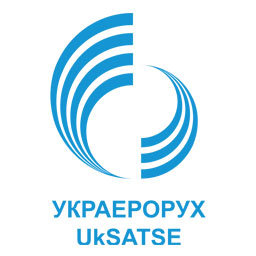Cisco ISE for Financial Corporation
Categories
Description
Description is not ready yet
Details
Business tasks
Reduce Costs
Enhance Staff Productivity
Ensure Security and Business Continuity
Problems
Unauthorized access to corporate IT systems and data
No IT security guidelines
No control over data access











